 It feels great to play Santa. If you celebrate Christmas, there’s nothing like a Christmas holiday to make you remember that giving is fun. You find a present, wrap it up nicely, see the joy and excitement on someone else’s face, and feel good about what you’ve done. For many philanthropists, it’s the same: you write a nice check, present it to a nonprofit, see the joy and excitement on their faces, smile for the camera, and then feel good about what you’ve done. But then what?
It feels great to play Santa. If you celebrate Christmas, there’s nothing like a Christmas holiday to make you remember that giving is fun. You find a present, wrap it up nicely, see the joy and excitement on someone else’s face, and feel good about what you’ve done. For many philanthropists, it’s the same: you write a nice check, present it to a nonprofit, see the joy and excitement on their faces, smile for the camera, and then feel good about what you’ve done. But then what?
The problem with Santa-style giving is that it’s a once-a-year gig. But during the other 364 days of the year, the organizations you’ve made grants to still have ongoing needs, unexpected challenges, and goals that require much more than a one-time gift.
The occasional infusion of cash is nice, and it has its place, but it also pays to consider the difference you might if you help an organization create some long-term staying power. There are several ways to accomplish this goal:
1) Consider multi-year funding. The programs that nonprofits operate and the needs they are working to address aren’t one-off occurrences. Why should funding be? When nonprofits have more stable, predictable streams of support, they can spend less time scrambling for money and more time making a difference for your community.
2) Match your giving to an outcome. Want to see some near-, mid- and long-term outcomes? Tie your funding to those goals. When a nonprofit knows that reaching a near-term outcome will generate funding for the next phase, they become more confident and more likely to push for each milestone. And you’ll both be able to clearly see the return on your investment.
3) Support leadership development. Strong, capable leaders are what make strong, effective organizations. The corporate world knows this, but the nonprofit world struggles to find, and afford, meaningful leadership development opportunities. By supporting leadership development at one or multiple organizations, you make a great contribution to long-term stability and nonprofit infrastructure in your community.
4) Make a program-related investment. Giving doesn’t have to be a one-way street. Program-related investments can deliver returns for both you and the nonprofit you support. For example, suppose a nonprofit food bank in your area also operates a restaurant to provide culinary arts training for youth. In addition to providing grant support to the food bank, why not provide a low-interest loan to its restaurant business? You can receive a financial return on your investment, and the food bank can expand its fee-for-service income stream.
5) Become an ally, not just a funder. No matter how small your giving, you can amplify it and help nonprofits build a more solid future by complementing your financial gifts with non-financial ones – like speaking up as an avid supporter to encourage other givers, speaking out about public policies that have an impact on their work, or opening doors to new potential partners in your community.
With gifts that go the distance, nonprofits can accomplish more and create more value (as well as more return on your investment). So as you consider your giving in 2017, try thinking a little less like Santa, and a little more in terms of staying power.
______________________________________________________________________
Kris Putnam-Walkerly, MSW, is a global philanthropy advisor, author of the new book Confident Giving: Sage Advice for Funders, and was recently named one of America’s Top 25 Philanthropy Speakers. Want more ideas, tips and tools to improve your giving? Read an article, listen to a podcast, or check out a case study.
Kris will be sharing the findings of her latest report, “The Road to Achieving Equity: Findings and Lessons from a Field Scan of Foundations That Are Embracing Equity,” at several upcoming events: a webinar for National Network of Consultants to Grantmakers on January 19, and a workshop for the Colorado Association of Foundations in Denver on January 26.
“Putnam crafted an analysis that helped us more deeply understand the impact and challenges of our investments in youth media, which guided our work to its next phase. As a result of their findings, we doubled the number of grants we were making and expanded our geographic reach. I strongly recommend them.”
~Rhonnel Sotelo, Chief Operating Officer, Stuart Foundation






